
From interviews of tens of thousands of nearsighted patients, I've been able to catalog patterns of personalities and their potential behaviors that can present clues to direct you into a deeper self-understanding, helping you to know who you are behind the illusionary perceptions and beliefs of your present way of seeing.

You are a vibrating mass of particles. You are energy. You are light. Energy is continuously moving through form, into form, out of form and back again. Energy is expansive and is always on the move.
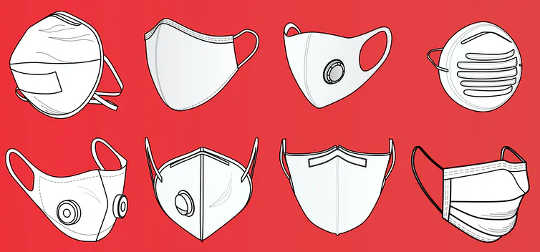
If a surgeon arrived at the operating theatre wearing a mask they had made that morning from a tea towel, they would probably be sacked.

Given avocado’s popularity today, it’s hard to believe that we came close to not having them in our supermarkets at all.
- By Mark Dallas

A recent study that looked at 396 studies has even been able to identify ten risk factors that are shown to increase the likelihood of developing the disease.
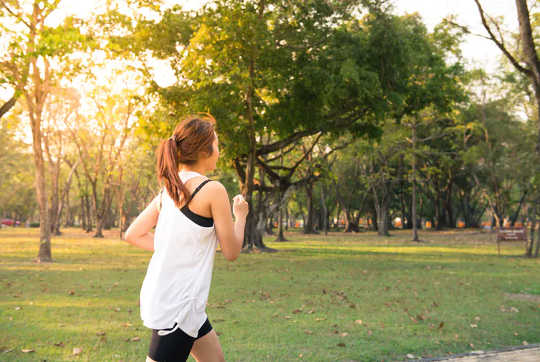
The COVID-19 pandemic has made many of us reevaluate our health and take up new exercise regimes.

Yes, wearing a mask can be uncomfortable or frustrating, especially if you’re not used to it.
- By Shira Polan
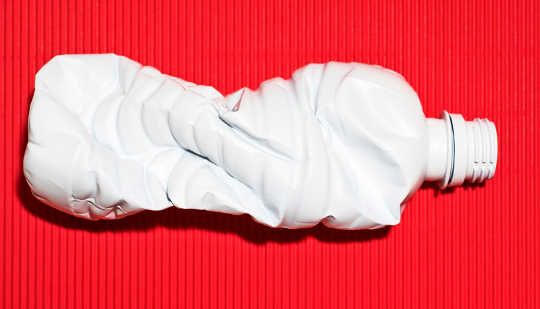
Reviews of hundreds of studies show that a growing number of chemicals—in pesticides, flame retardants, and certain plastics—are linked to widespread health problems, including infertility, diabetes, and impaired brain development.
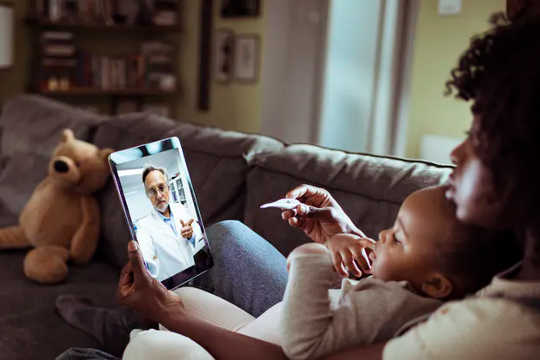
COVID-19 has led to a boom in telehealth, with some health care facilities seeing an increase in its use by as much as 8,000%.
- By Joy Pieper
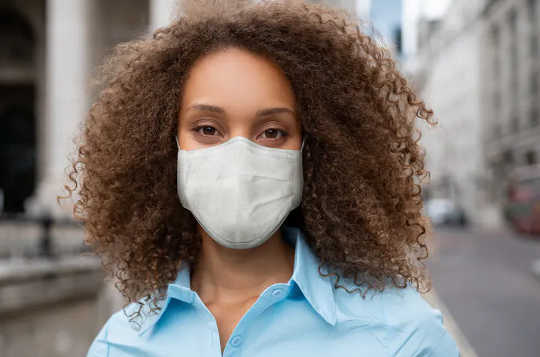
Whether or not you agree with a mandate to wear a mask, many of us will do so during our daily business.

Consider for a moment the possibility of your personality acting as your mask, as the protection you don for the world. Like performers, each of us presents ourselves as having certain personal characteristics. We may be aggressive or meek, loud or soft-spoken, dominating, loving, inquisitive, or good-natured...
- By Lara Streiff
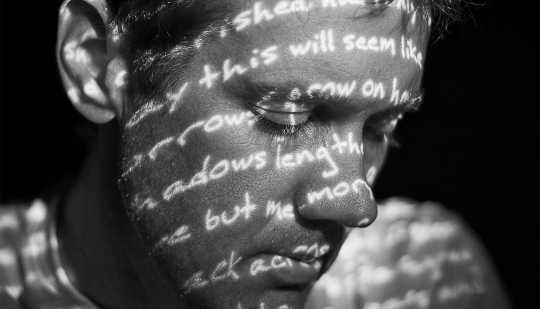
Researchers have interrupted a neural pathway responsible for opiate-associated memories in mice.

Since day one of the coronavirus pandemic, the U.S. has not had enough tests. Short of testing every person in the U.S., the best way to get accurate data on who and how many people have been infected with the coronavirus is to test randomly.
- By Carol Clark

A compound in the leaves of a common shrub, the American beautyberry, boosts an antibiotic’s activity against antibiotic-resistant staph bacteria, scientists report.
- By Bruce Y. Lee
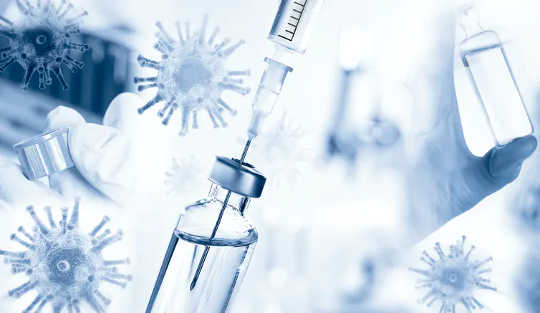
The U.S. is pinning its hopes on a COVID-19 coronavirus vaccine, but will a vaccine alone be enough to stop the pandemic and allow life to return to normal?

Psychiatric classifications catalogue the many forms of mental ill-health. They define what counts as a disorder and who counts as disordered, drawing the boundary between psychological normality and abnormality.
- By Taison Bell

This is a headline I hoped to not see again after the number of coronavirus infections had finally started to decline in the Northeast and Pacific Northwest.

Nearly 100 years ago, two British researchers, William Topley and Graham Wilson, were experimenting with bacterial infections in mice. They noticed that individual survival depended on how many of the mice were vaccinated.

How is the world going to go back to the days when we could grab a coffee, see a movie, or attend a concert or footy game with anyone?

The COVID-19 pandemic has forced us to reimagine our summers. In the past, urban parks were bursting with randomly distributed crowds of sun-lovers.

People who have been seriously unwell and treated on intensive care units can expect to take some months to recover fully, regardless of their ailment.

How the brain works remains a puzzle with only a few pieces in place. Of these, one big piece is actually a conjecture: that there’s a relationship between the physical structure of the brain and its functionality.

















